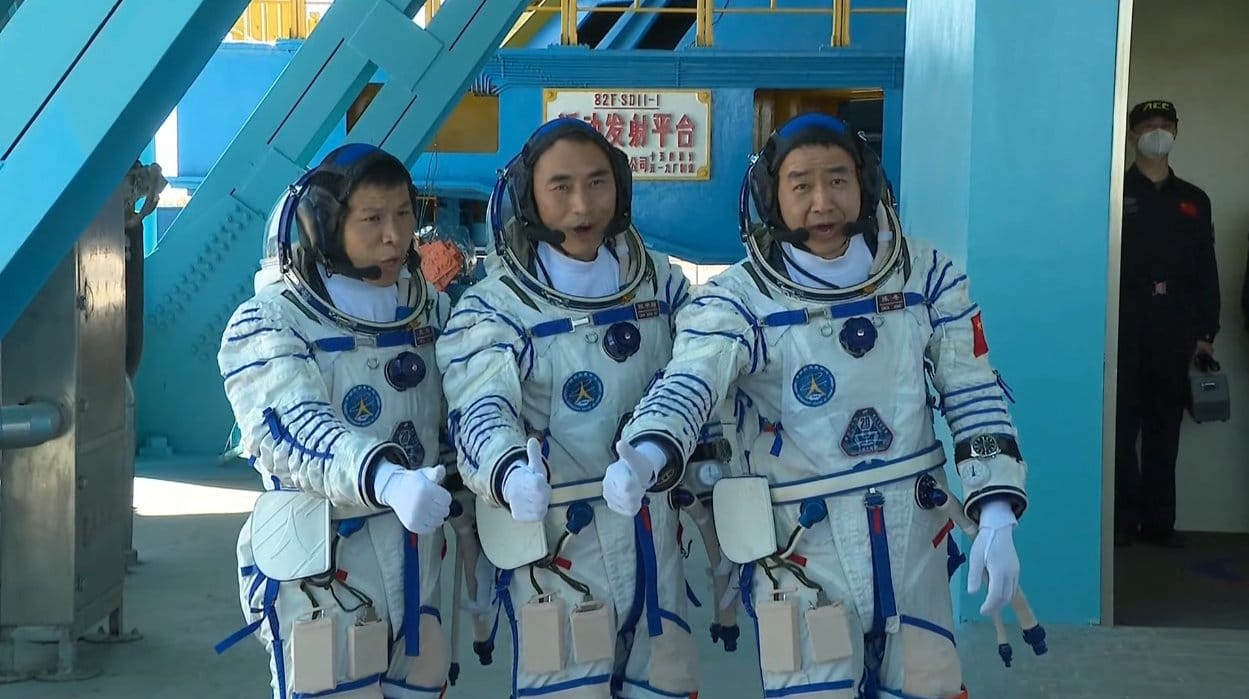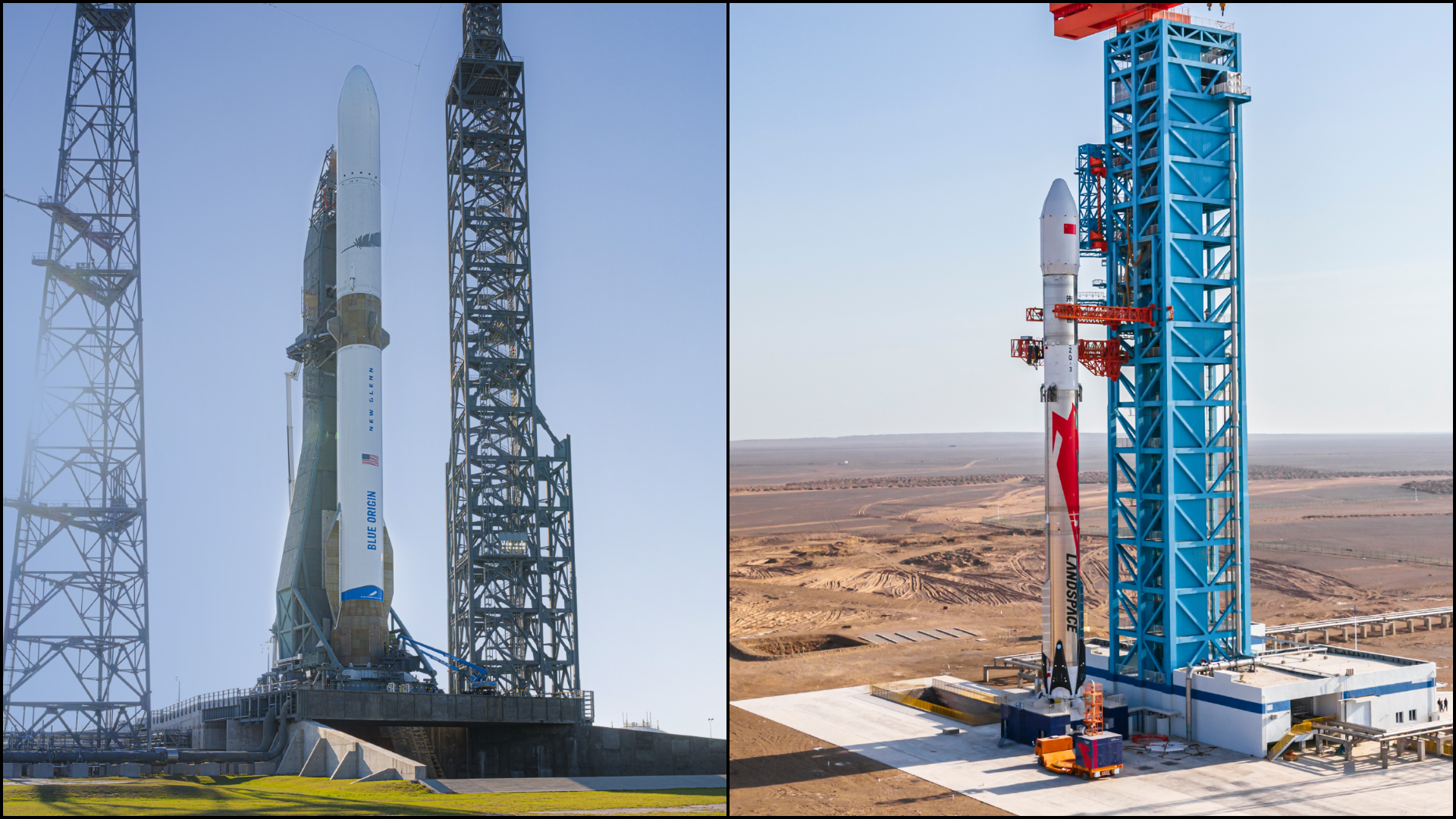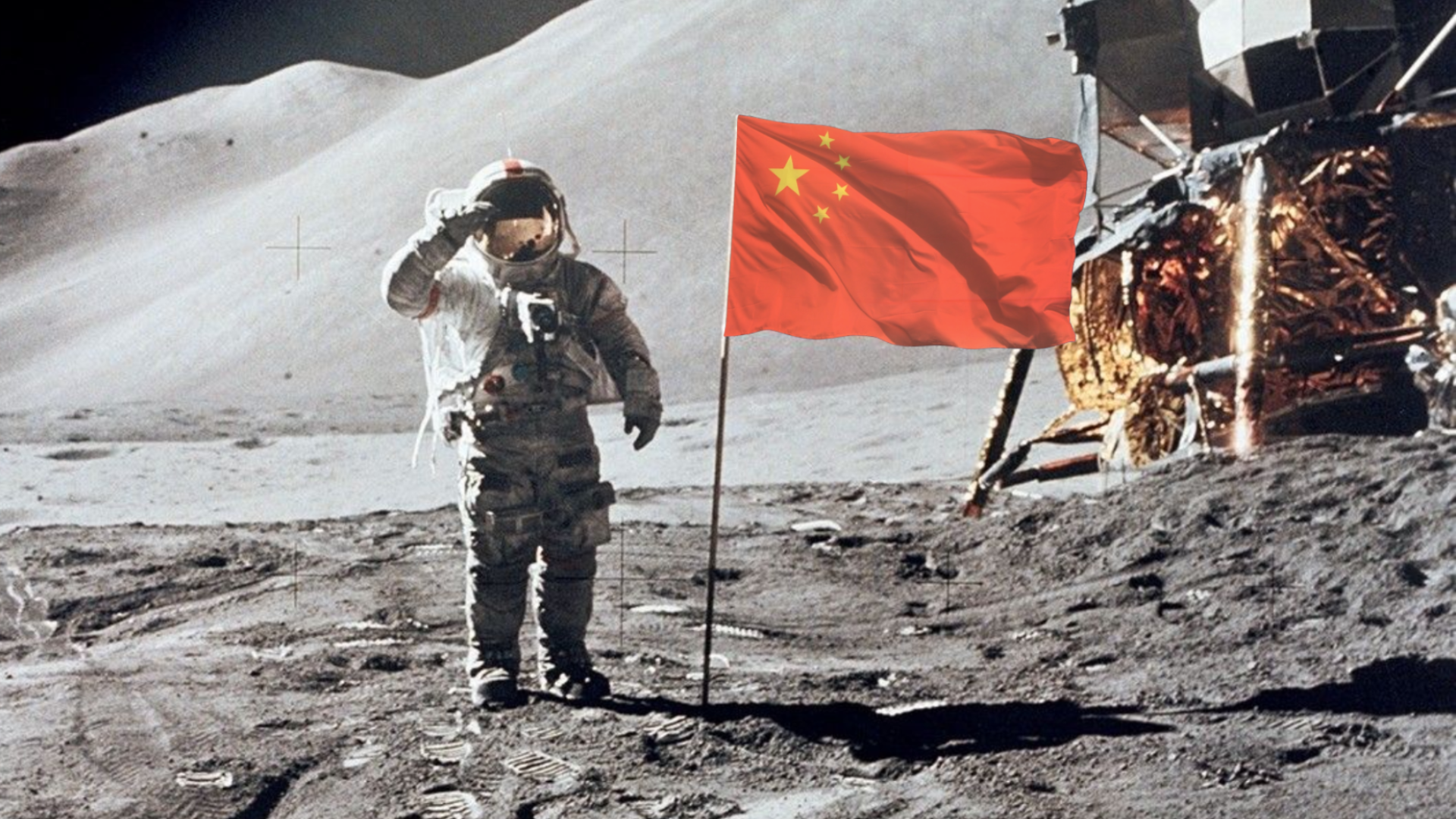Table of Contents
China's Shenzhou-20 mission blasted off earlier today from the Jiuquan Satellite Launch Center atop of a Long March 2F/G, chasing down the Tiangong Space Station in low Earth orbit.
Following six hours and thirty-two minutes of catching up to the station, the Shenzhou-20 spacecraft docked to the Tianhe’s modules' Earth-facing docking port. Once a series of safety checks were performed, the new crew entered the space station, being greeted by Shenzhou-19's crew.
Onboard the Shenzhou spacecraft for the mission are Chen Dong, Chen Zhongrui, and Wang Jie. Chen Dong is the veteran taikonaut for this mission, having previously flown the Shenzhou-11 and Shenzhou-14 missions for 214 days in space. Chen Zhongrui and Wang Jie are both performing their first spaceflight.
Before becoming taikonauts, Chen Dong and Chen Zhongrui served in the People's Liberation Army Air Force while Wang Jie was an engineer at the China Aerospace Science and Technology Corporation.
Recieving the incoming crew are Shenzhou-19's Cai Xuzhe, Song Lingdong, and Wang Haoze, who have been onboard the station for six months this October 2024. Cai and Song also served People's Liberation Army Air Force, with Wang previously being a a senior engineer at the Academy of Aerospace Propulsion Technology under the China Aerospace Science and Technology Corporation.
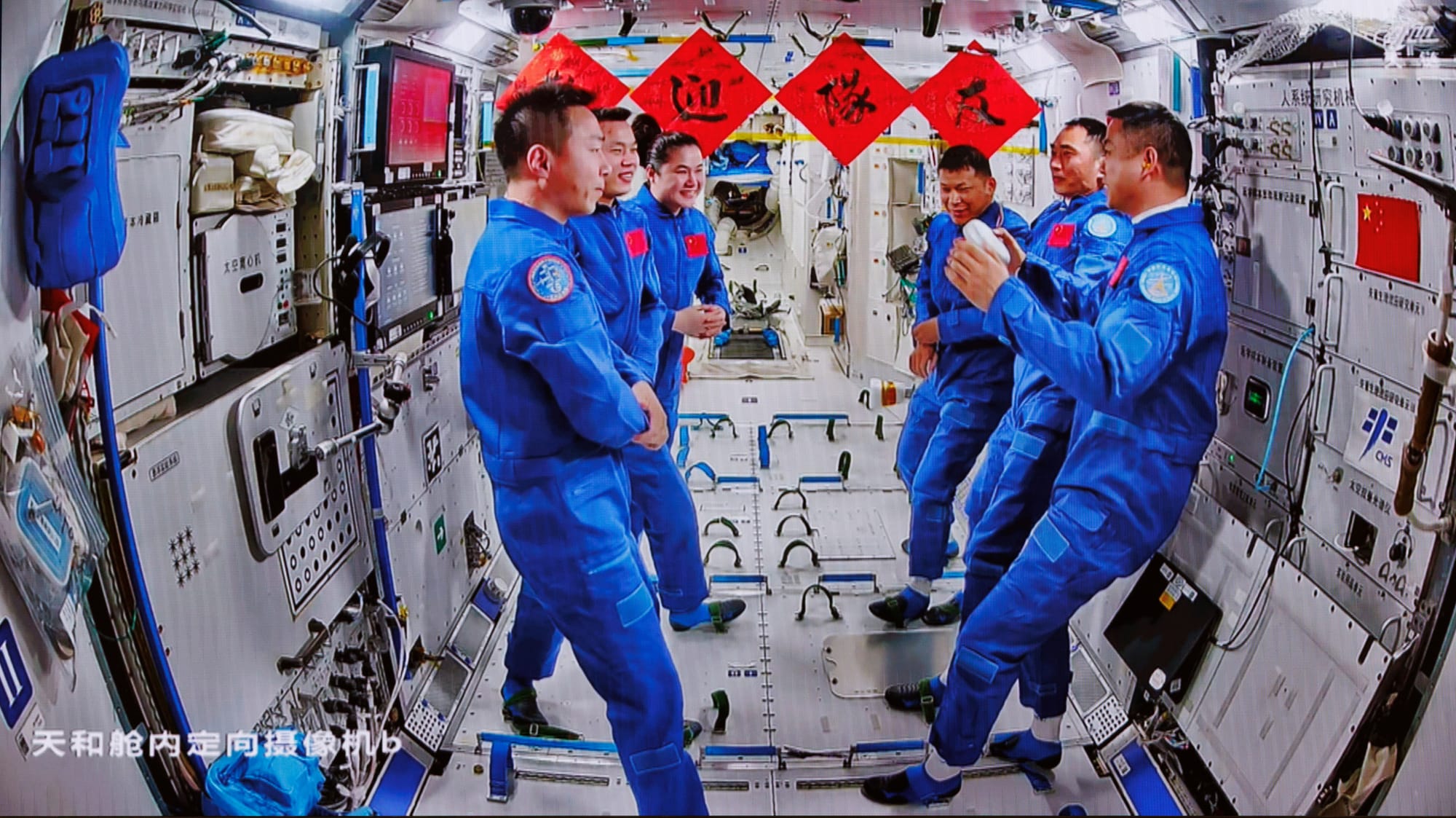
During their six-month stay on Tiangong, the Shenzhou-19 trio performed dozens of science experiments, hosted an art exhibition, tested robots to assist with tasks, produced rocket fuel via artificial photosynthesis, and conducted various spacewalks. Three spacewalks have taken place: the first in December 2024 for a record-setting nine hours, the second in January, and the third in March. All three were to install debris mitigation devices.
Like prior missions, spacewalks to install more debris hardware are planned, while science and technology experiments are planned throughout the six-month Shenzhou-20 mission. Some of those experiments are related to life sciences, such as one for a zebra fish-hornwort co-cultivation ecosystem, the expression patterns of microbial active substances and enzymes in space environments, and an investigation into the regeneration of planarians in microgravity. The planarian experiments will study tissue regeneration in microgravity, while the zebrafish experiment will focus on microgravity-caused loss of bone mass and cardiovascular dysfunction.
Currently, the Shenzhou-20 mission is planned to last until late October of this year. The Shenzhou-19 mission is expected to return to Earth around April 29th.
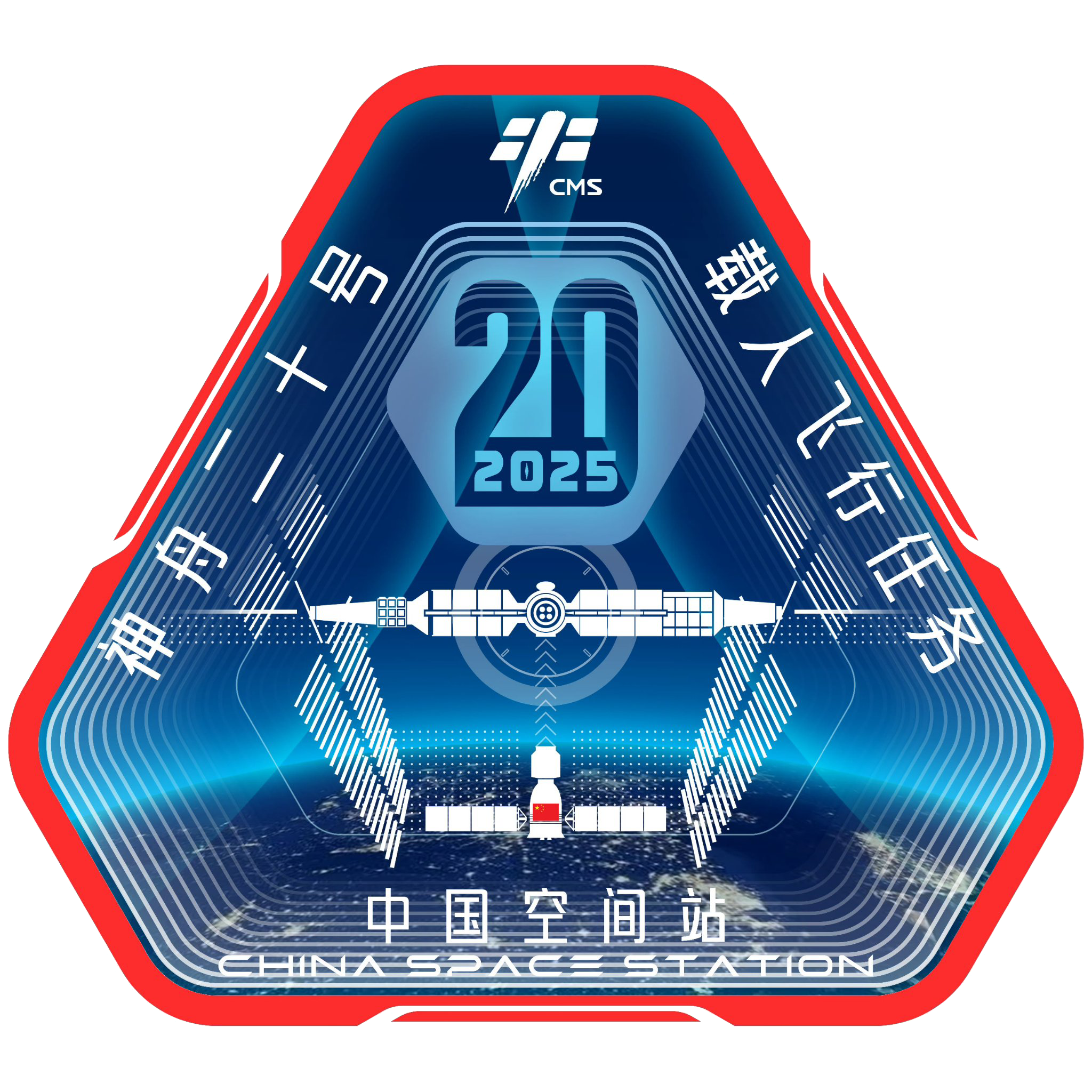
What is the Tiangong Space Station?
The Tiangong Space Station, also called the Chinese Space Station, is a permanently crewed space station in low Earth orbit operated by the China Manned Space Agency and China National Space Administration.
The space station consists of the Tianhe core module, the Wentian laboratory module, and the Mengtian laboratory module. With these modules, the station has three docking ports for visiting spacecraft to dock located on the Tianhe module, one port is located at the aft end of the module, and two and the forward end with one facing Earth. The combined habitable volume of the space station is believed to be 122 cubic meters, with a total pressurized volume of 340 cubic meters.
Each of the three modules were launched by the Long March 5B, with Tianhe launching on the 29th of April 2021, followed by Wentian on the 24th of July 2022, with the latest edition being Mengtian on the 31st of October 2022. China currently plans to launch the Xuntian space telescope which will co-orbit with the space station for periodic docking for servicing and maintenance by crews onboard.
What are taikonauts?
The word taikonaut has been used in this article so a small explanation of the word is necessary for those unfamiliar with it. Taikonaut is what China calls its astronauts, such as the country's first taikonaut Yang Liwei who flew into space in 2003.
The word comes from a combination of the Chinese word for outer space, taikong, and the suffix, naut.

